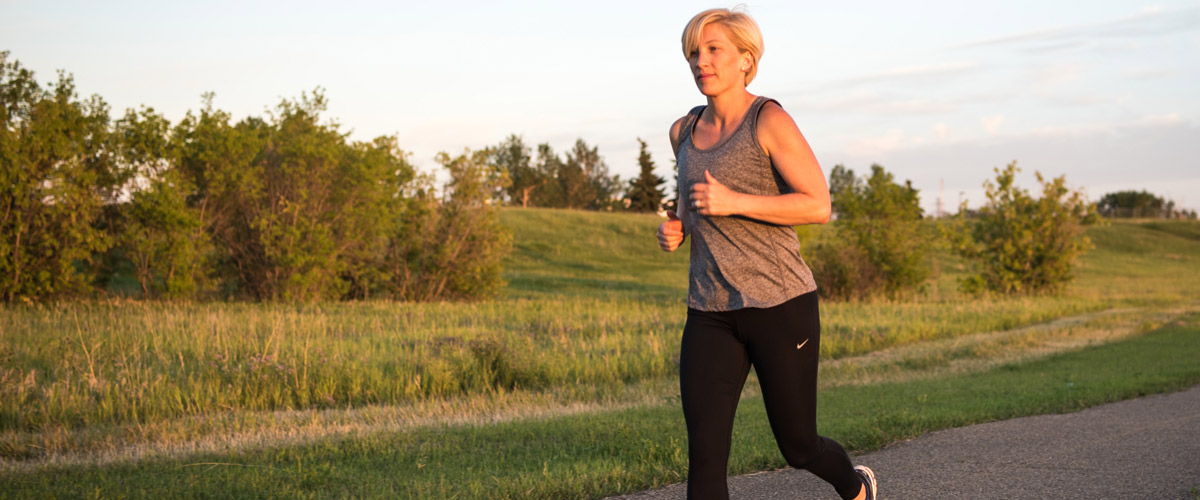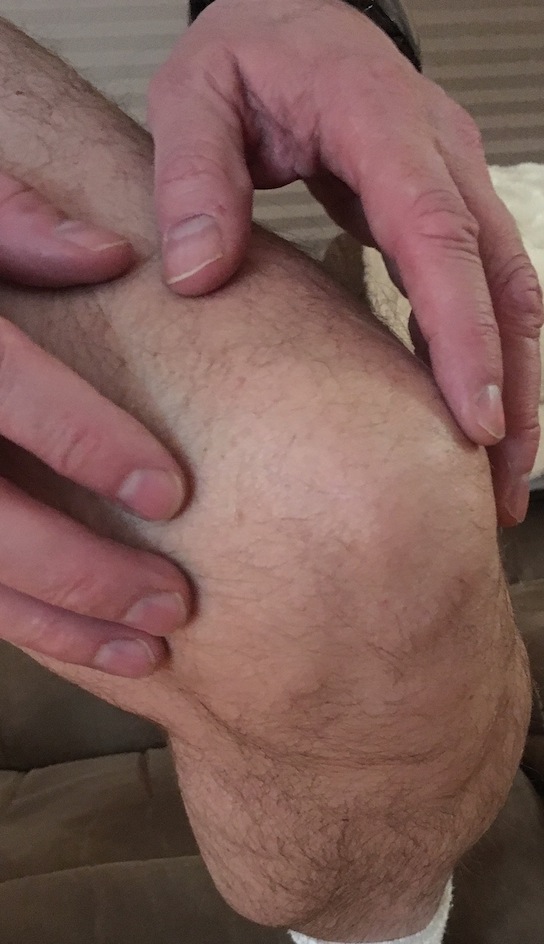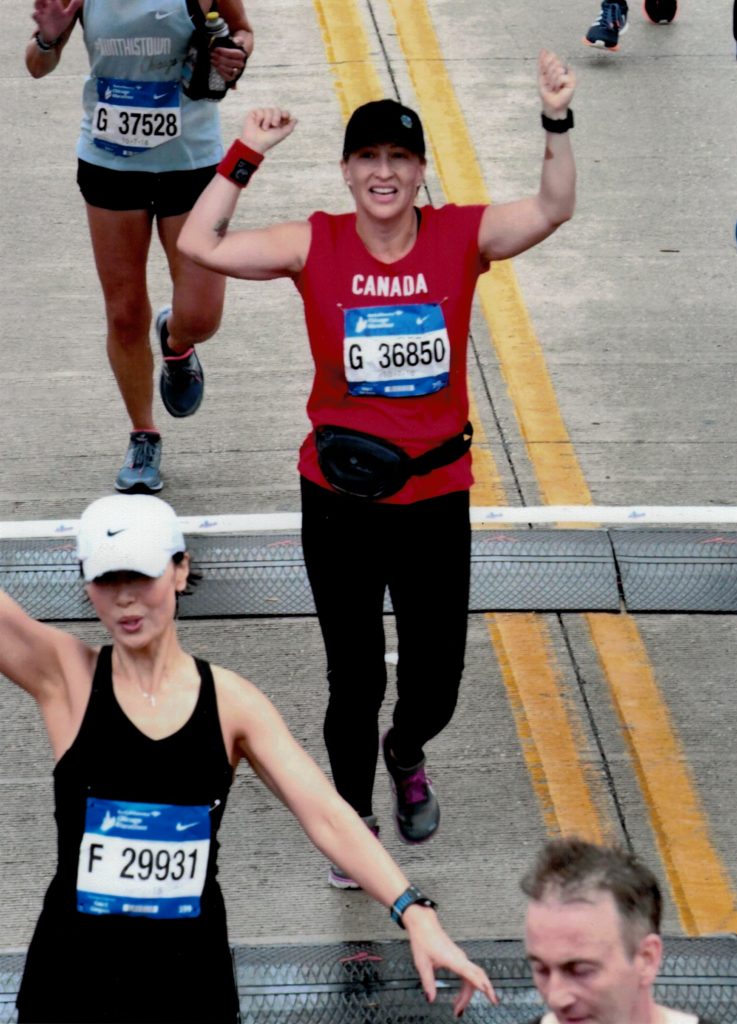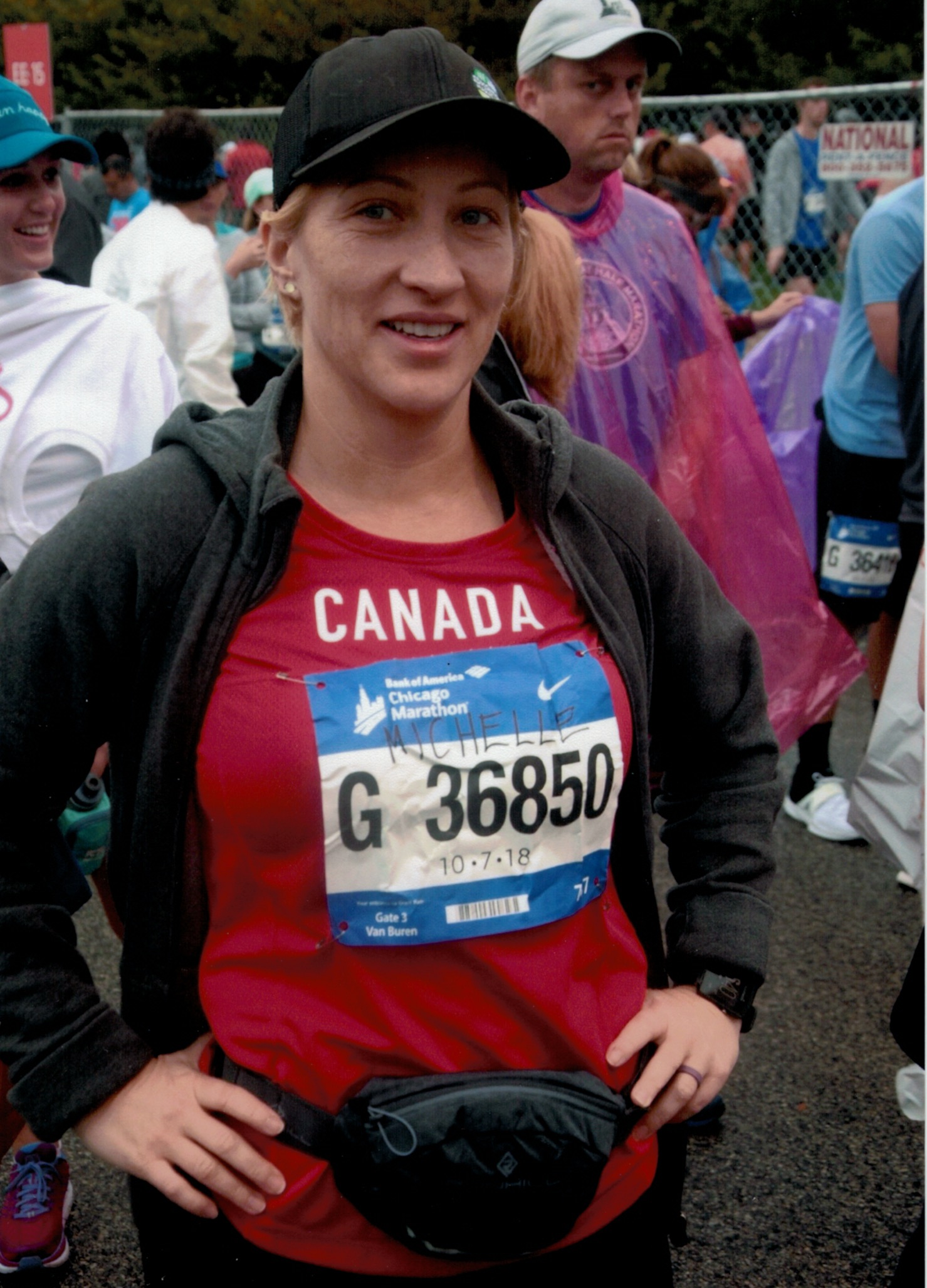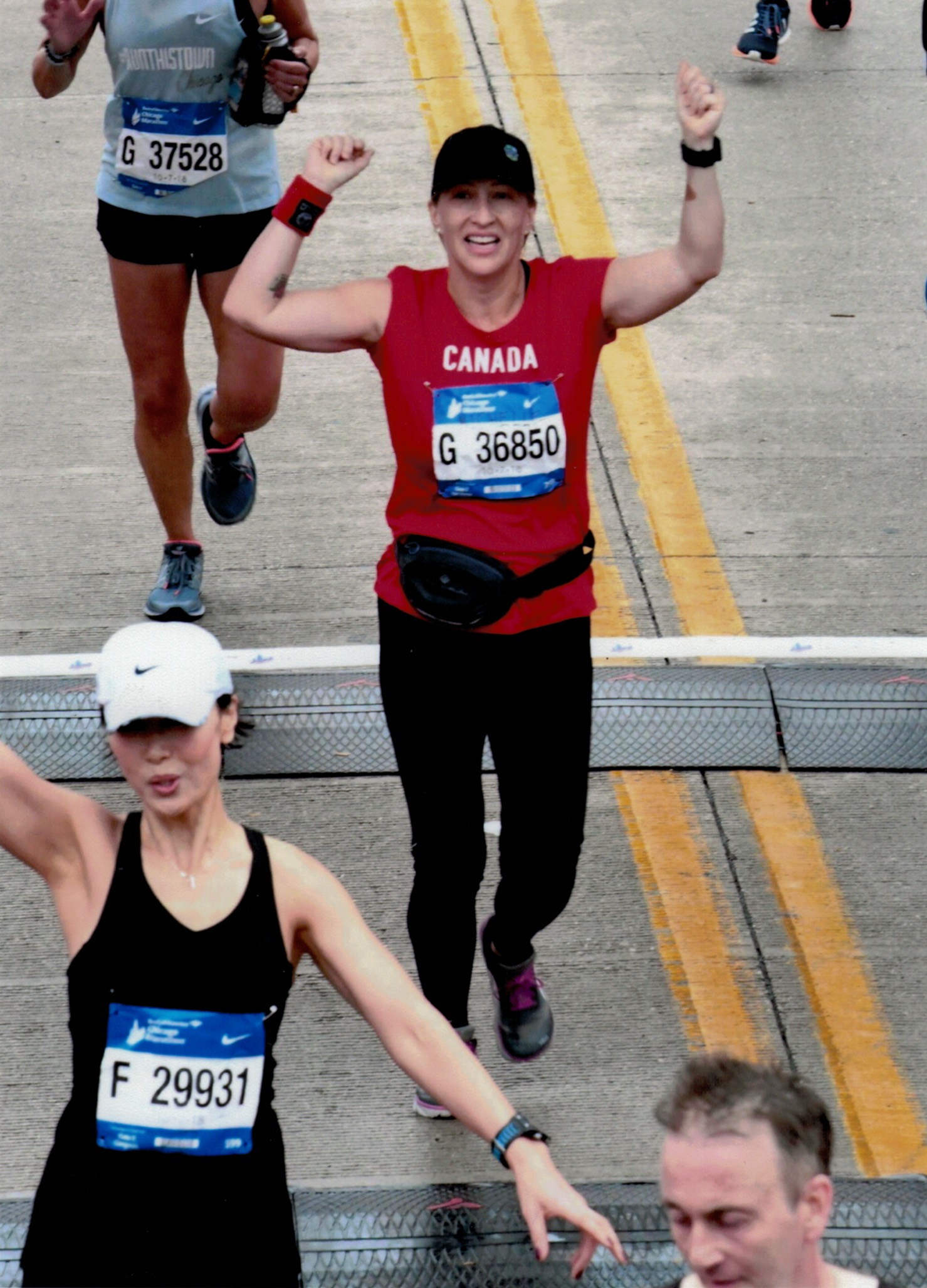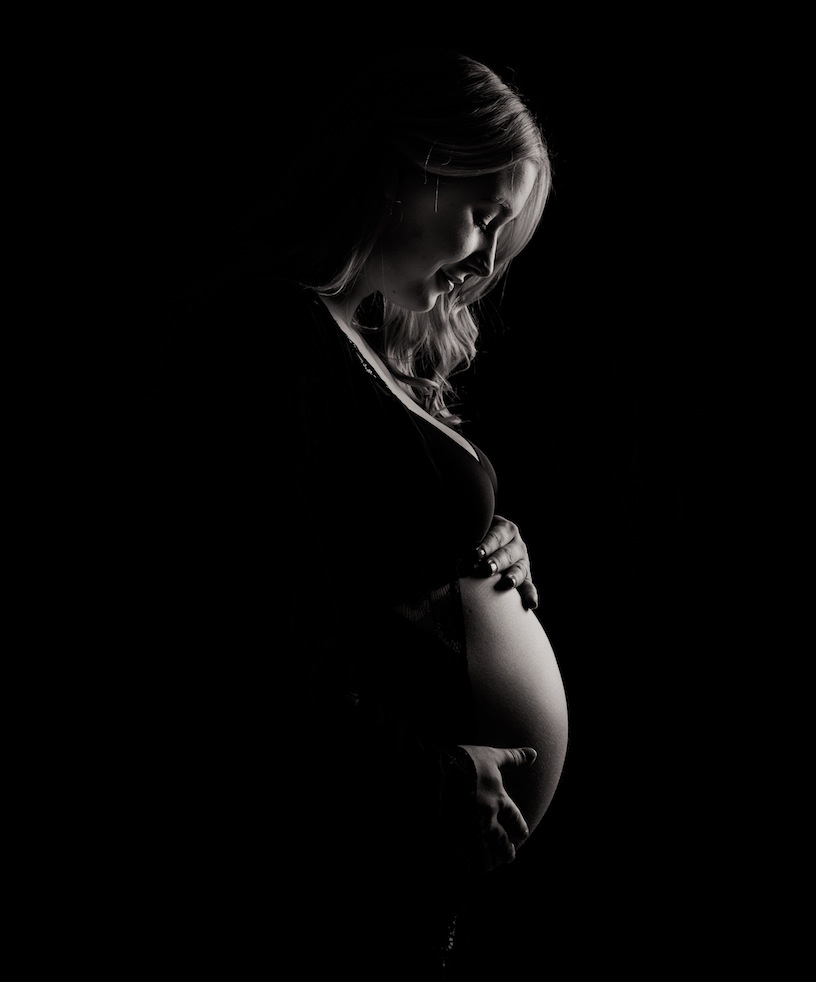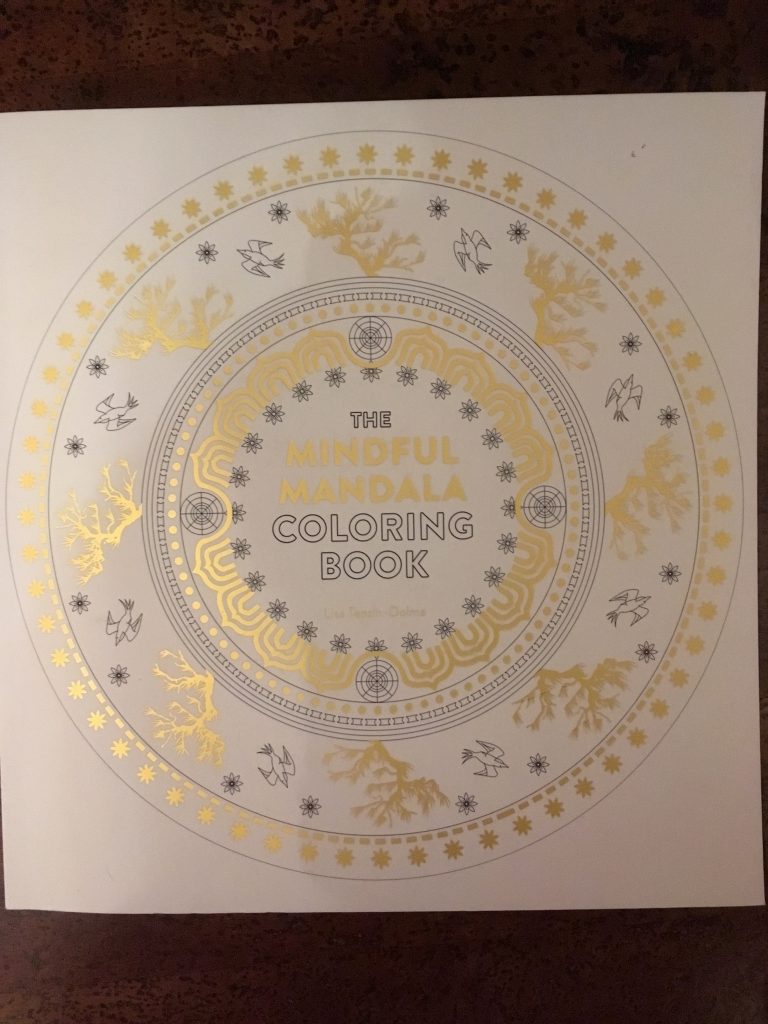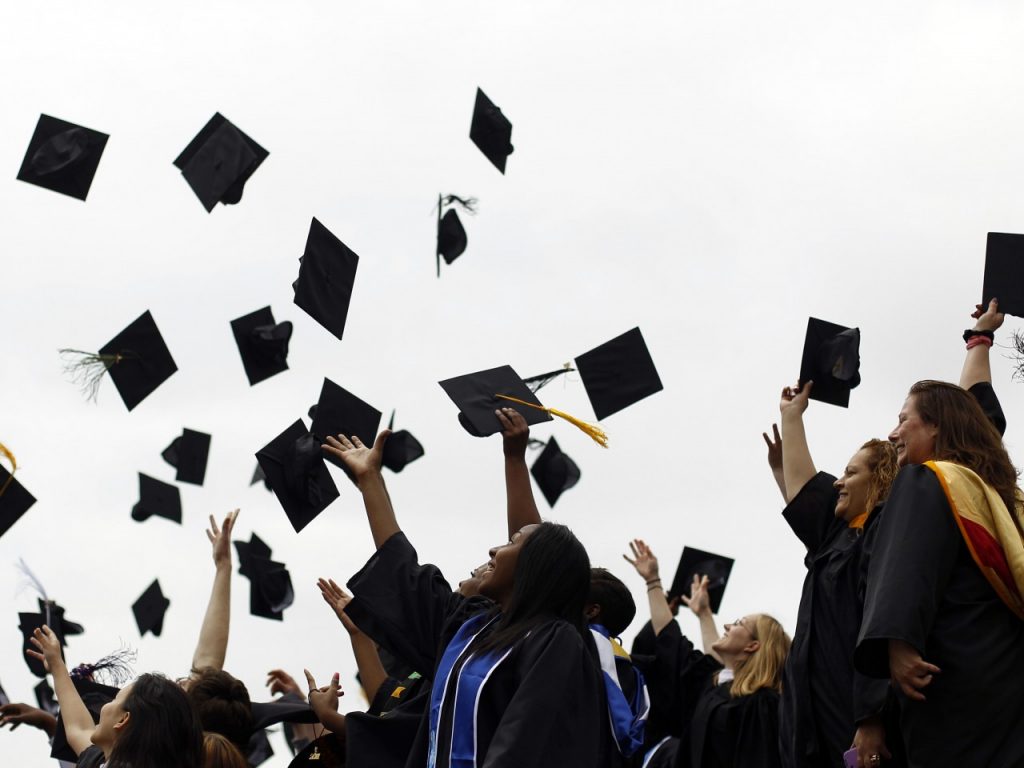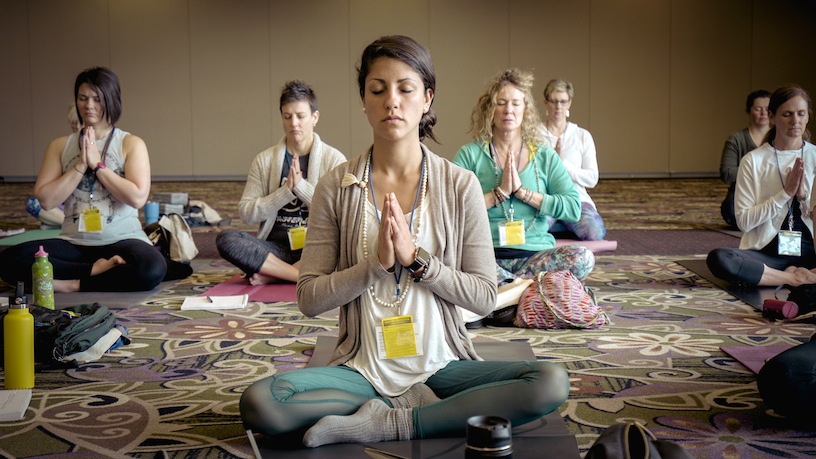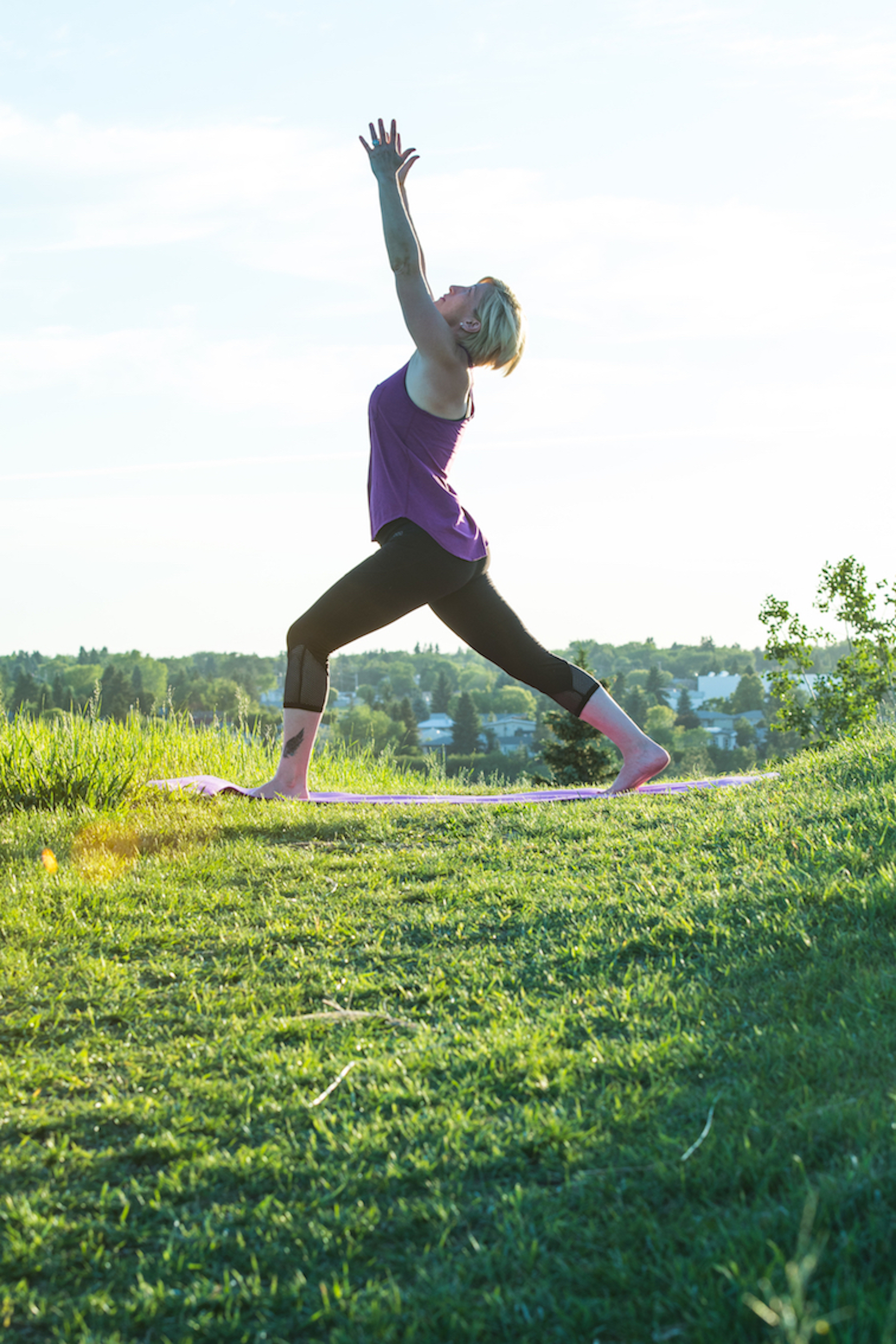 Some individuals may find that private yoga lessons are more appealing. Unlike basic classes, private lessons are a one on one experience with an instructor. Private lessons can bring about improvements to one’s mental and physical health and help one achieve personal yoga goals. Beginning yoga students can feel overwhelmed in typical class settings, particularly during the first few classes. It can seem difficult to keep up and personal flexibility might require a little work before it becomes easier to get into different poses. A private yoga instructor shows each move personally and can help improve form immediately, which makes it easier to get started.
Some individuals may find that private yoga lessons are more appealing. Unlike basic classes, private lessons are a one on one experience with an instructor. Private lessons can bring about improvements to one’s mental and physical health and help one achieve personal yoga goals. Beginning yoga students can feel overwhelmed in typical class settings, particularly during the first few classes. It can seem difficult to keep up and personal flexibility might require a little work before it becomes easier to get into different poses. A private yoga instructor shows each move personally and can help improve form immediately, which makes it easier to get started.
Private yoga lessons also offer students the ability to focus on personal interests, concerns or goals. Instead of following along with the yoga instructor in a class setting, a private lesson allows an individual to set specific goals and plans, such as personal goals for flexibility, strength or meditation. An instructor teaching in a private setting takes the information about the yoga practitioner’s goals and creates a personalized routine based on the information.
Injuries and health concerns can make a normal yoga class impractical for some participants. A yoga instructor teaching several students at one time cannot focus on individual needs or ensure that the poses will not further injure or strain a particular person. Furthermore, health concerns like pregnancy, diabetes or heart disease may require special alterations to one’s yoga practice.
Private lessons also are beneficial for advanced practitioners. Private instruction can allow one to take their yoga practice to the next level. Advanced classes, in a group setting, might not offer the level of challenge and planning that is required for more advanced practitioners.
And lastly, if it’s not possible to get to a class, a private lesson can accommodate even the most hectic of schedules.
